In a world dominated by uniform apples, identical bananas, and picture-perfect berries, there exists a hidden orchard of treasures: heirloom fruits. These time-honored varieties have been passed down through generations, nurtured without synthetic tampering or genetic shortcuts. Unlike their hybrid counterparts bred for durability and shelf life, heirloom fruits carry the taste of history—deep, complex flavors shaped slowly by nature and tradition.
Finding these fruits today isn’t always easy. Many once-thriving heirloom varieties have vanished over time, replaced by mass-produced options more suited for industrial agriculture. Even farmer’s markets, once bastions of local diversity, often stock only the most commercially viable crops. What survives of the heirloom legacy is rare, seasonal, and often tucked away in small farms or private gardens. But those who seek them out are rewarded with more than just flavor—they’re reconnecting with a way of life that honors biodiversity, sustainability, and cultural memory.
Here are 25 remarkable heirloom fruits that continue to defy extinction—and taste like the past remembered.
1. Knobby Russet Apple
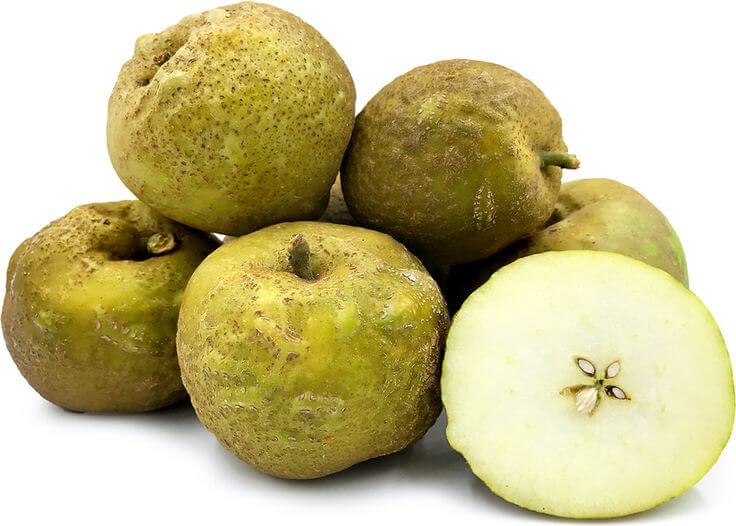
This antique English apple is immediately recognizable by its uneven, knobby surface and thick russeted skin. Its flavor is rich, nutty, and sweet, making it a prized variety among heritage apple enthusiasts. While not commercially viable due to its appearance, it remains a treasured cultivar in heirloom orchards for its unique taste and storied past.
2. Ashmead’s Kernel Apple
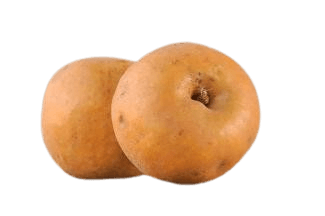
Originating in Gloucester, England, in the 1700s, Ashmead’s Kernel is a classic russet apple known for its intense aromatic flavor and sharp sweetness. Despite its modest, rough appearance, it has long been cherished for cider making and fresh eating. Its rich history and complex flavor profile ensure its place among the finest heirloom apples.
3. Cox’s Orange Pippin
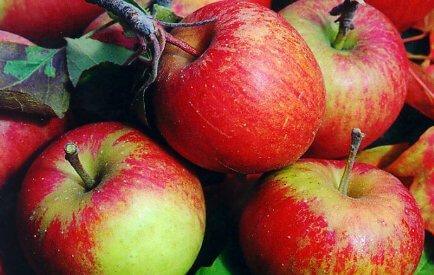
Developed in England in the early 19th century, Cox’s Orange Pippin is often hailed as the benchmark for apple flavor. Its golden skin is flushed with red, and the flesh is juicy, aromatic, and layered with hints of citrus, honey, and spice. Though it requires specific growing conditions and is finicky in large-scale production, its rich complexity makes it a beloved variety among home orchardists and specialty growers.
4. Seckel Pear
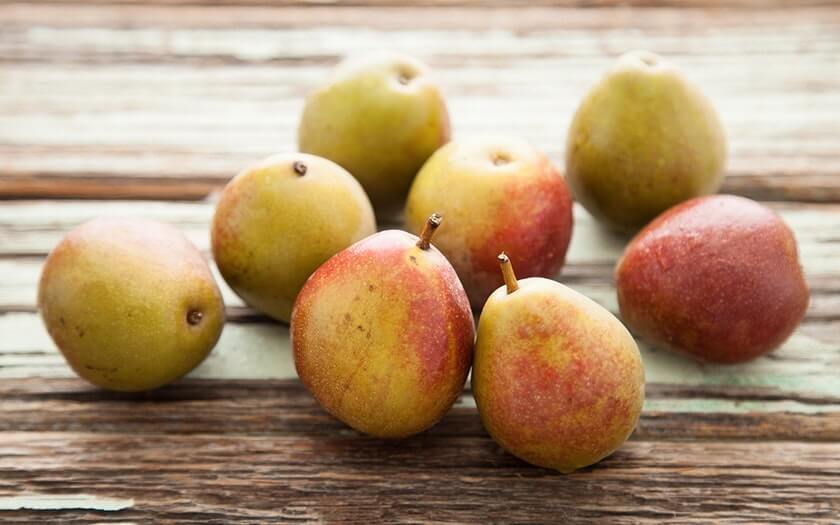
Discovered near Philadelphia in the 1700s, the Seckel is among the smallest pear varieties but also one of the sweetest. Often called a “sugar pear,” it has smooth, maroon-blushed skin and firm, juicy flesh that is exceptionally flavorful. Its natural sweetness and petite size make it ideal for fresh eating, pickling, or pairing with cheeses.
5. Bartlett Pear (Old Type)
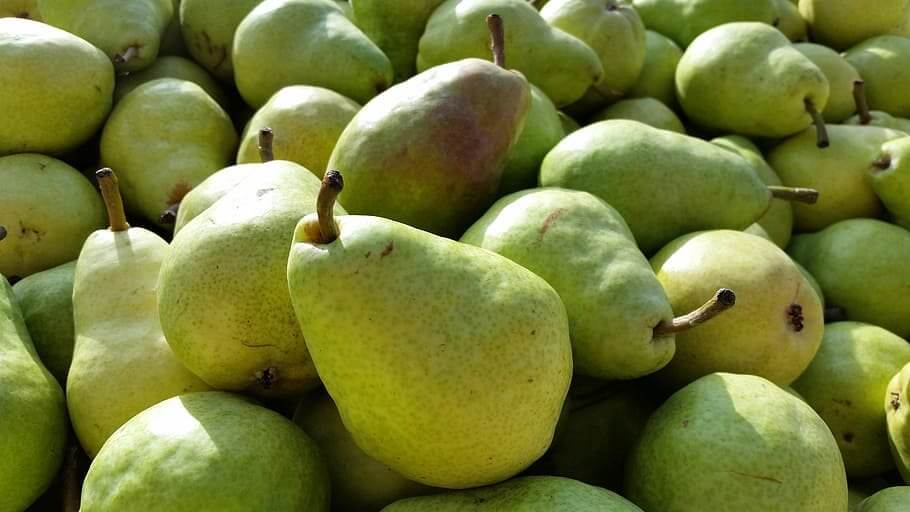
Also known as Williams’ Bon Chrétien, this pear has been cultivated since the 18th century and became one of the most widely grown in Europe and North America. The skin ripens from green to golden yellow, while the flesh becomes meltingly soft, juicy, and perfumed. Its strong aroma and honeyed flavor have made it a staple for canning, baking, and fresh consumption.
6. Medlar
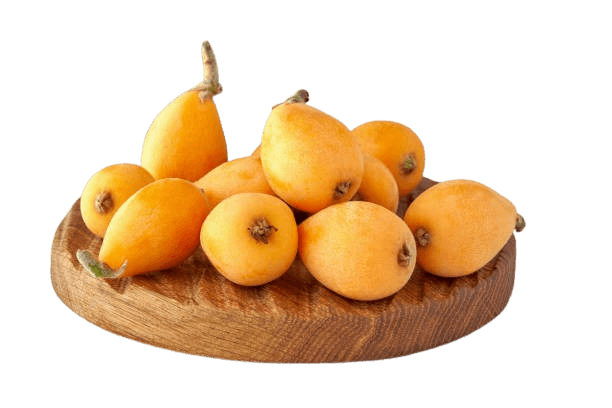
A fruit of antiquity, the medlar has been cultivated since Roman times and was once a prized winter fruit in European gardens. Roughly golf-ball sized with russeted skin, it must be softened or “bletted” before eating, after which it develops a smooth texture and a rich, spiced flavor reminiscent of applesauce with clove and citrus notes. Medlars are rare today, but still cherished by heirloom fruit enthusiasts and historical gardeners.
7. Quince (Smyrna, Vranja)
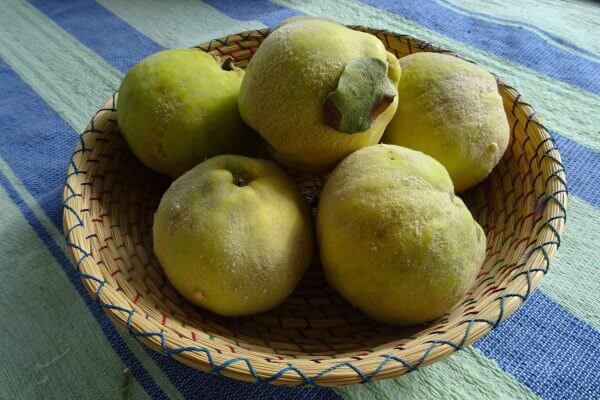
Quinces have been grown since ancient Persia and were revered in classical antiquity for their intense fragrance. The fruit is hard and astringent when raw but transforms into a tender, pink-hued delicacy when cooked, offering floral, citrusy, and spicy undertones. Varieties like Smyrna and Vranja are particularly prized for their size and aromatic depth, often used in jams, jellies, and baked desserts.
8. Loquat (Tanaka, Big Jim)
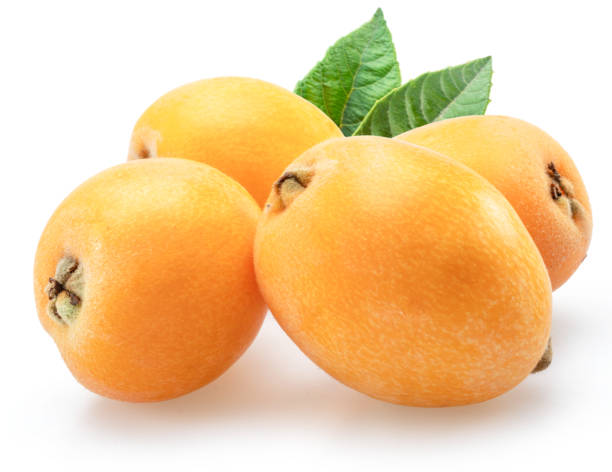
Native to southeastern China but cultivated across Asia and the Mediterranean for centuries, loquats are small golden fruits with soft, tangy-sweet flesh. Heirloom types such as Tanaka and Big Jim are known for their large size, low seed count, and excellent flavor. Ripening in late spring, they offer a refreshing blend of apricot, mango, and citrus notes.
9. Black Mulberry
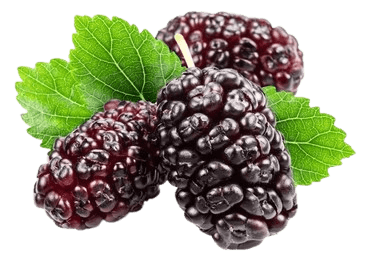
Among the oldest cultivated berry trees in the world, the black mulberry (Morus nigra) produces dark purple fruits with intensely sweet, wine-like flavor and mild acidity. The trees are long-lived, often producing fruit for over a century, and have been grown in Europe, the Middle East, and Asia for thousands of years. Unlike their white and red relatives, black mulberries are prized for both fresh eating and preserves.
10. White Mulberry (Old Types)
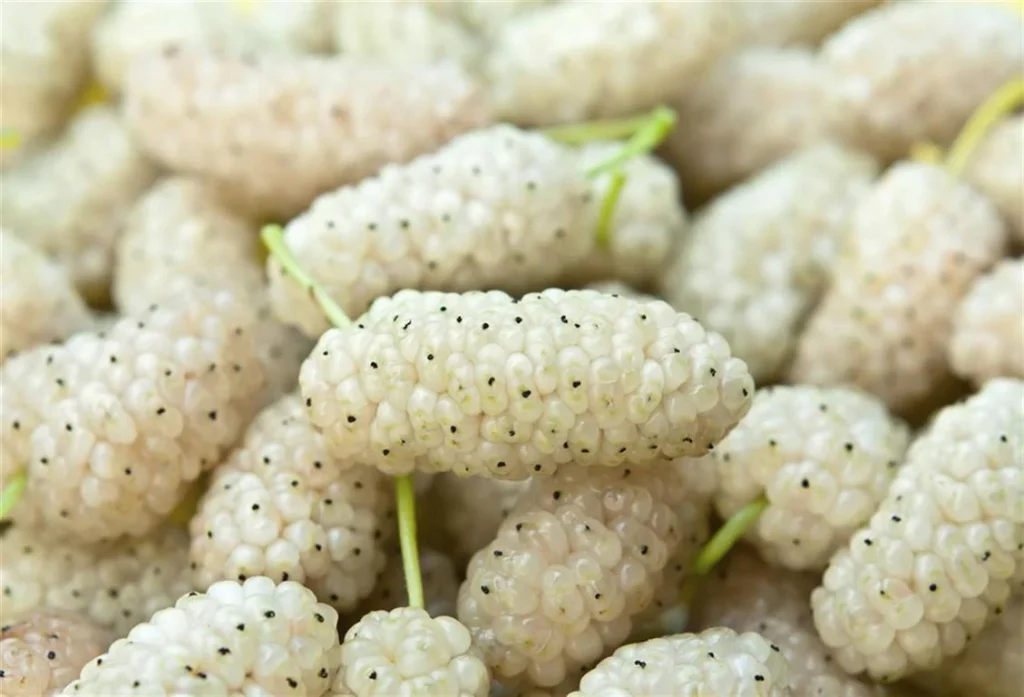
Originally introduced from China for silkworm cultivation, white mulberries (Morus alba) also yield edible fruits. Heirloom varieties tend to have pale, pink, or lavender hues and a milder, honeyed flavor compared to their black counterparts. Though less tangy, they’re favored for drying, snacking, and use in traditional herbal medicine.
11. Mission Fig
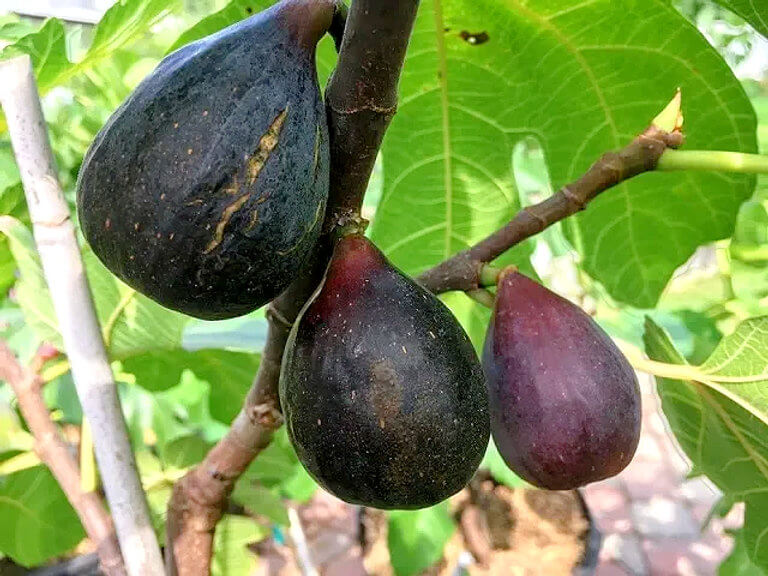
Brought to the Americas by Spanish missionaries in the 1700s, the Mission fig has become a California heirloom staple. Its deep purple skin conceals soft, amber flesh with a rich, jammy sweetness and earthy undertones. It’s a dual-purpose fig, perfect for drying or enjoying fresh off the tree.
12. Kadota Fig
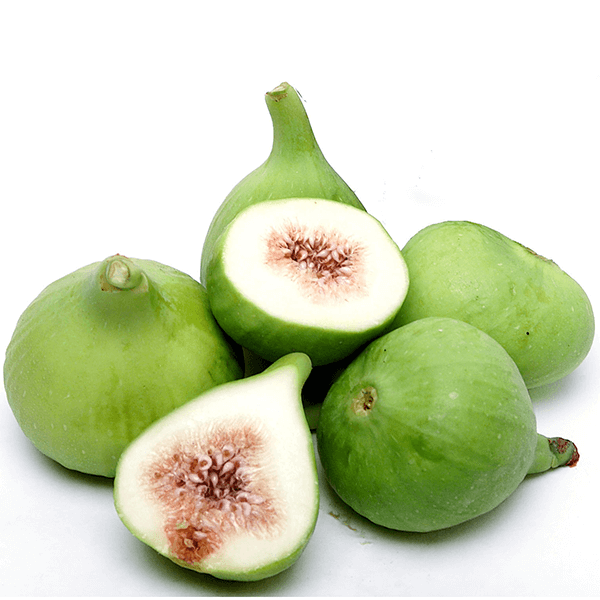
An ancient fig cultivar with pale green skin and creamy interior, Kadota is less sugary than other types but valued for its mild, honeyed flavor and firm texture. It’s one of the oldest known fig varieties and has long been cultivated in the Mediterranean and North Africa. Ideal for drying and preserving.
13. Jujube (Li, Lang)
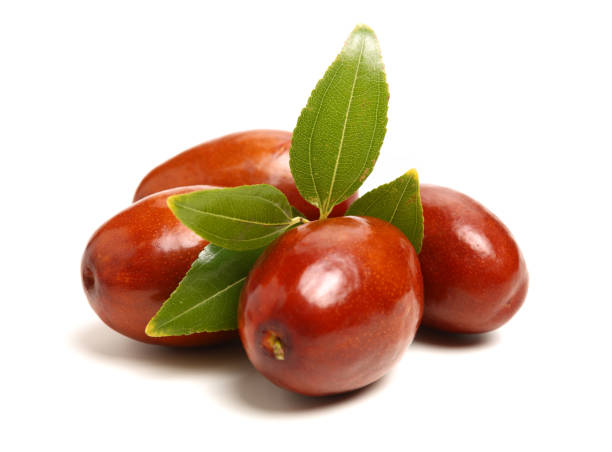
Grown in China for over 4,000 years, jujubes—also called Chinese dates—begin crisp and apple-like when fresh, then become chewy and sweet as they dry. Heirloom cultivars like ‘Li’ and ‘Lang’ are valued for their size, flavor, and ornamental trees. Used both as a fruit and in traditional medicine.
14. Crabapple (Heirloom types)
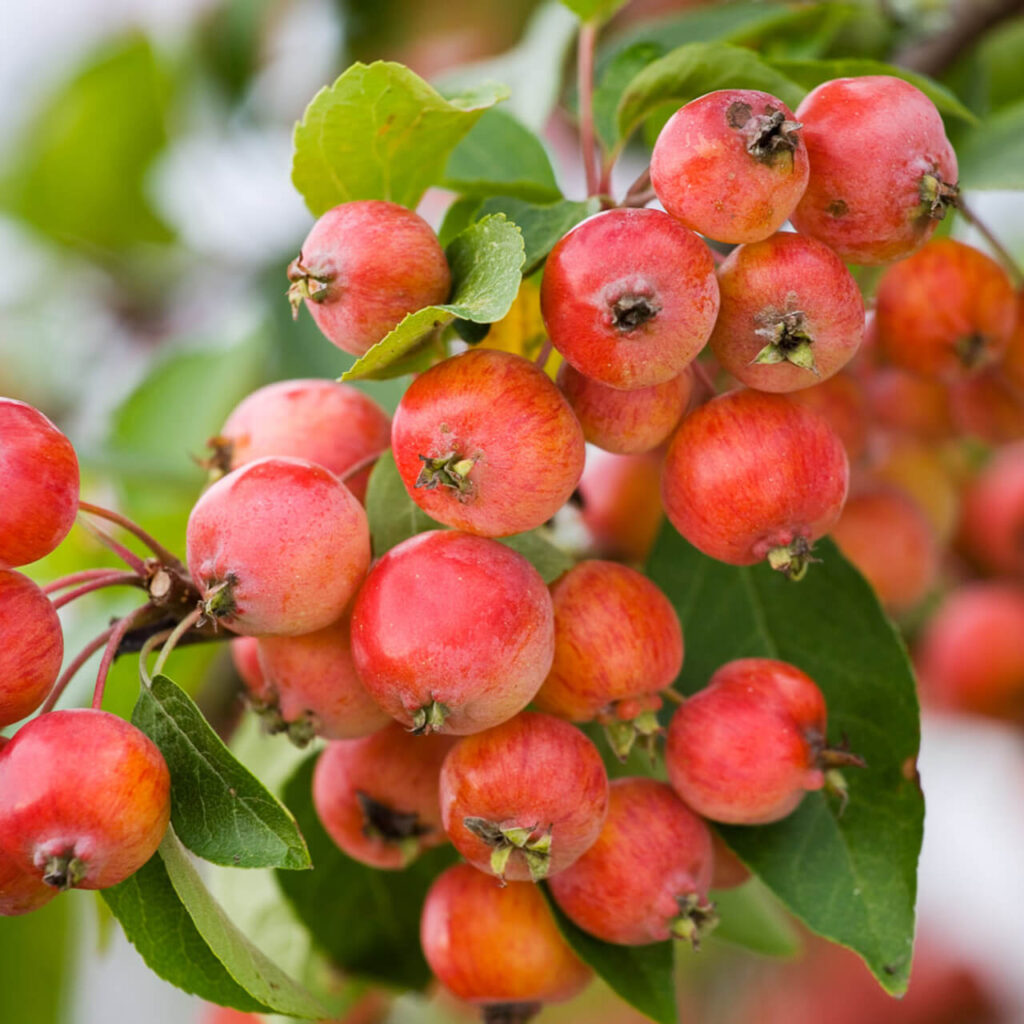
Tiny, tart fruits like Dolgo, Wickson, and Chestnut crabapples were staples in early American orchards for making jellies, ciders, and vinegars. While too sour for most to eat raw, they shine in culinary and ornamental uses. Their genetic diversity and resilience make them essential in apple breeding programs.
15. Damson Plum
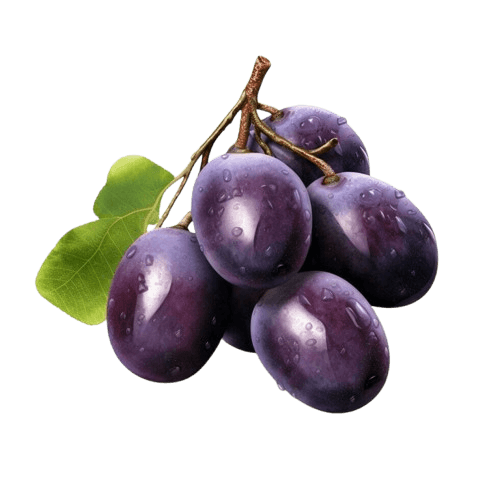
A tart, blue-skinned plum cultivated in medieval Europe, the damson is small, flavorful, and ideal for preserves, chutneys, and spirits like damson gin. Its astringency mellows when cooked, offering rich, deep flavor and vibrant color. Often grown in hedgerows and old English gardens.
16. Greengage Plum
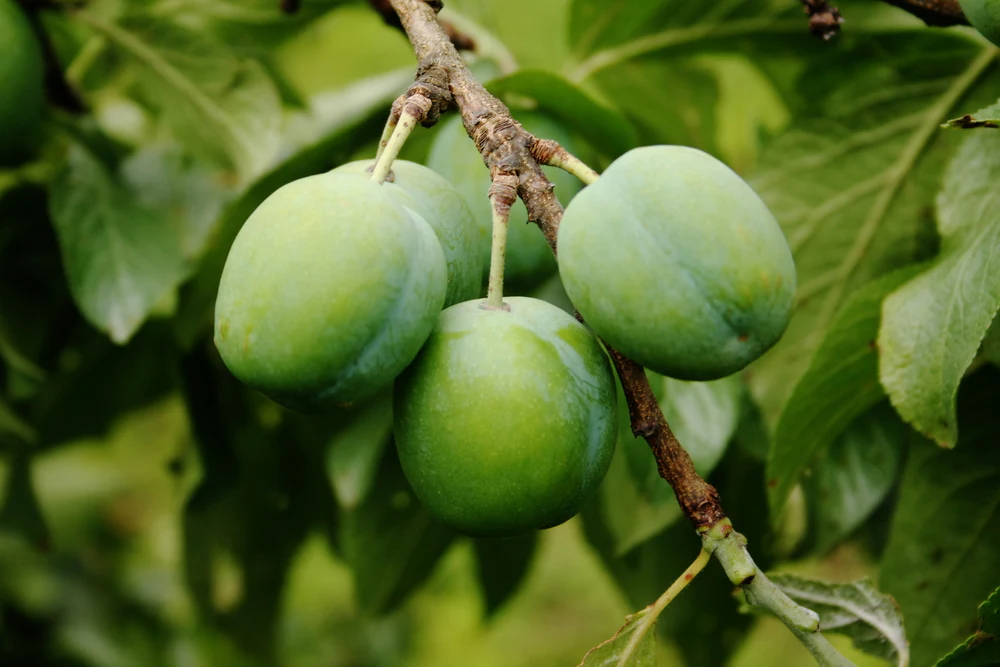
Brought from France in the 18th century, greengages are one of the sweetest and most delicately flavored plum varieties. Their pale green flesh is dense, honeyed, and aromatic, making them a gourmet favorite. Though difficult to grow commercially, they remain treasured in heirloom orchards.
17. Mirabelle Plum
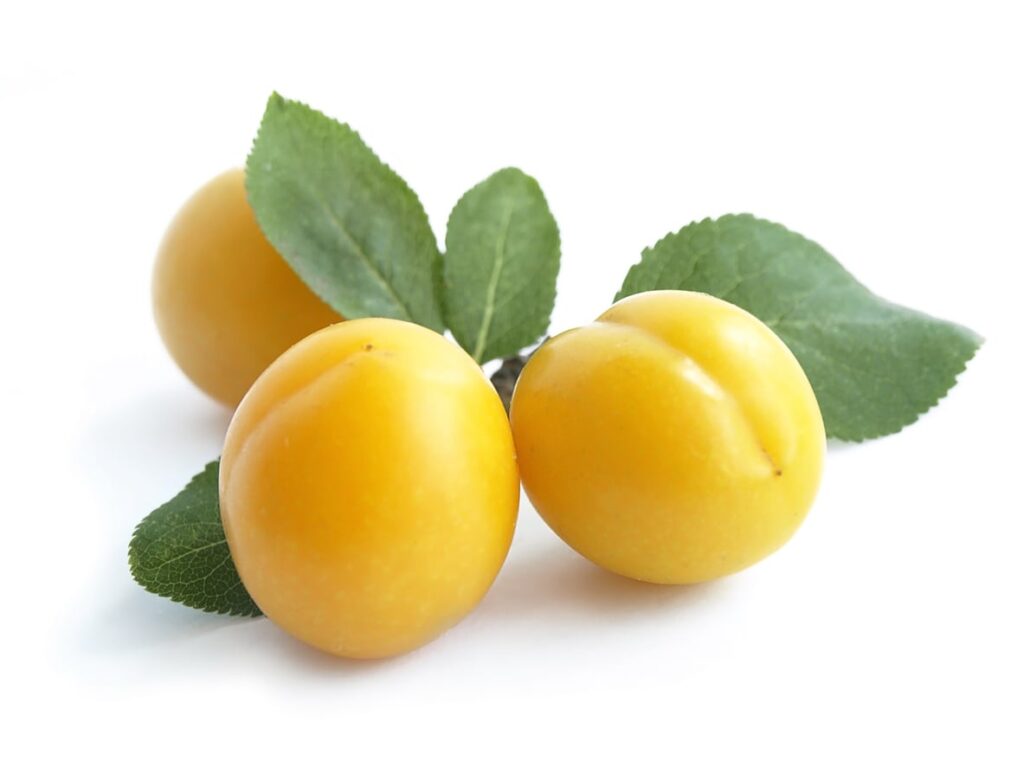
Native to Lorraine, France, the Mirabelle is a petite yellow plum known for its syrupy sweetness and subtle floral notes. It is central to French baking, brandy production, and local traditions. The trees are hardy and productive, and the fruit is best when tree-ripened.
18. Flatwoods Plum
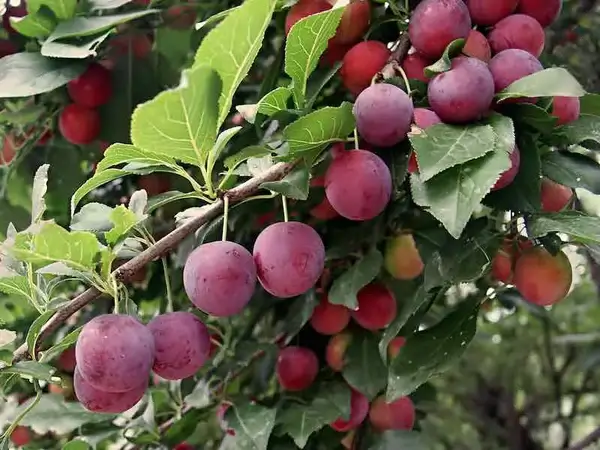
A native American wild plum (Prunus umbellata), Flatwoods plums produce small, tart fruits traditionally used in jellies and wild orchard blends. Their rugged growth habit and resistance to disease made them popular in old Southern homesteads. Still found in the wild today, they are a symbol of foraging heritage.
19. Pawpaw (Asimina triloba)
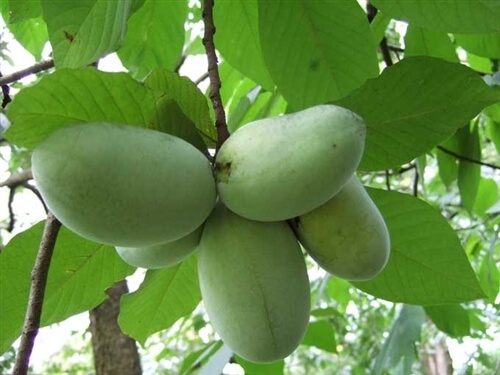
The largest native fruit in North America, pawpaws grow wild in eastern forests and taste like a cross between banana, mango, and melon. Cultivated by Indigenous peoples and later settlers, this tropical-tasting fruit is soft, custardy, and nutrient-dense. Though difficult to ship, they are cherished in regional markets and backyard orchards.
20. Persimmon (American type)
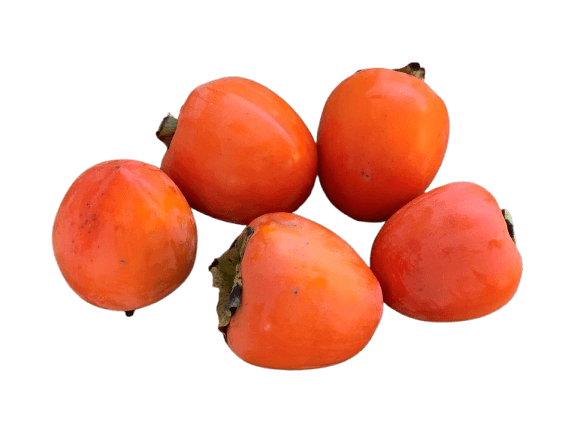
Diospyros virginiana, the native American persimmon, bears orange fruits that are mouth-puckeringly astringent until fully ripe. Historically gathered by Indigenous communities, the fruit turns sweet and honey-like when soft. A resilient tree and a symbol of wild autumn harvests.
21. Pomegranate (Wonderful, Kandahar)
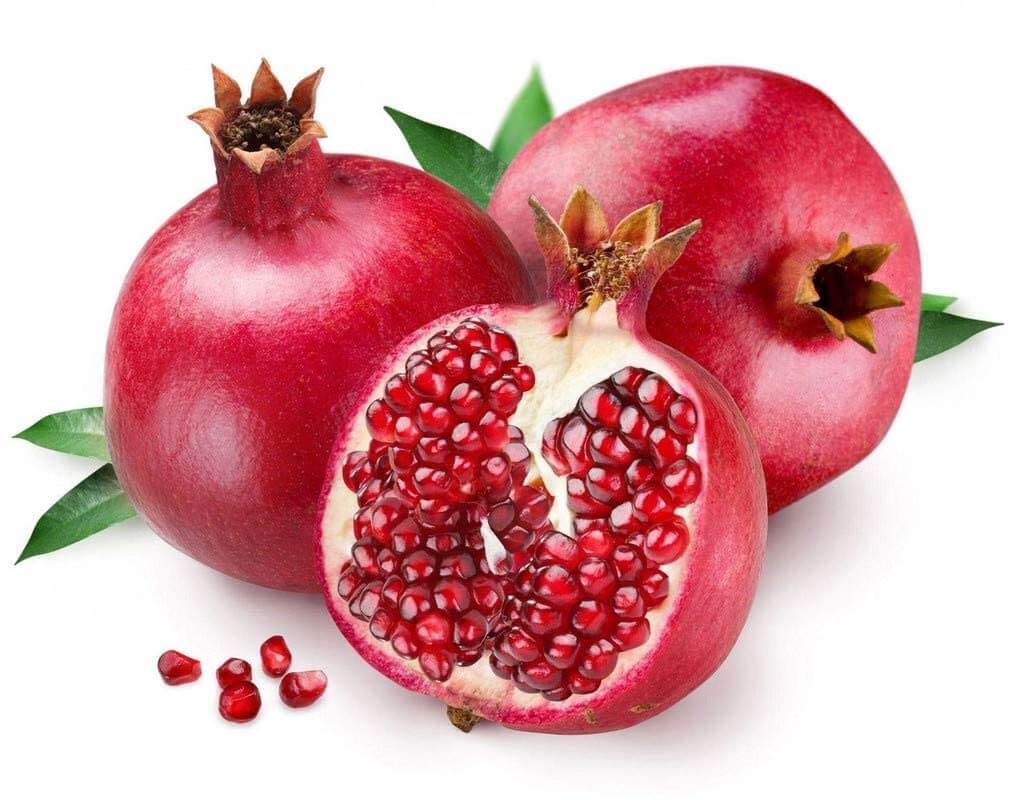
Among the oldest cultivated fruits, the pomegranate has deep roots in Persian, Indian, and Mediterranean culture. Heirloom varieties like ‘Wonderful’ and Afghanistan’s ‘Kandahar’ boast vibrant red arils bursting with tart-sweet juice. Their antioxidant-rich seeds are prized both nutritionally and symbolically.
21. Mango (Alphonso, Langra, Dasheri)
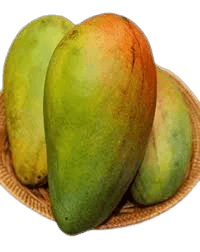
India’s most revered mangoes—like Alphonso, Langra, and Dasheri—have been cultivated for centuries and are protected for their regional identity. These heirloom cultivars are prized for their unmatched aroma, smooth texture, and deep, syrupy sweetness. They are seasonal treasures and cultural icons.
22. Mangosteen (Wild types)
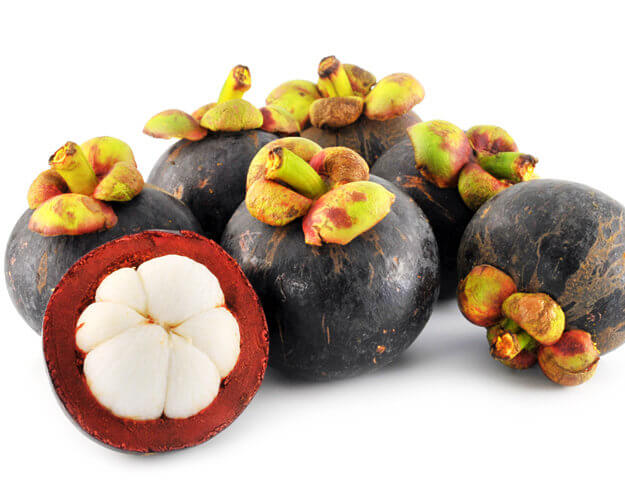
The “queen of fruits,” mangosteen has been cultivated in Southeast Asia for generations, though wild and semi-wild heirloom types still exist. Inside the thick purple rind lie white, juicy segments with a perfect balance of sweetness and citrus acidity. Historically reserved for royalty and difficult to ship fresh.
23. Soursop (Graviola)
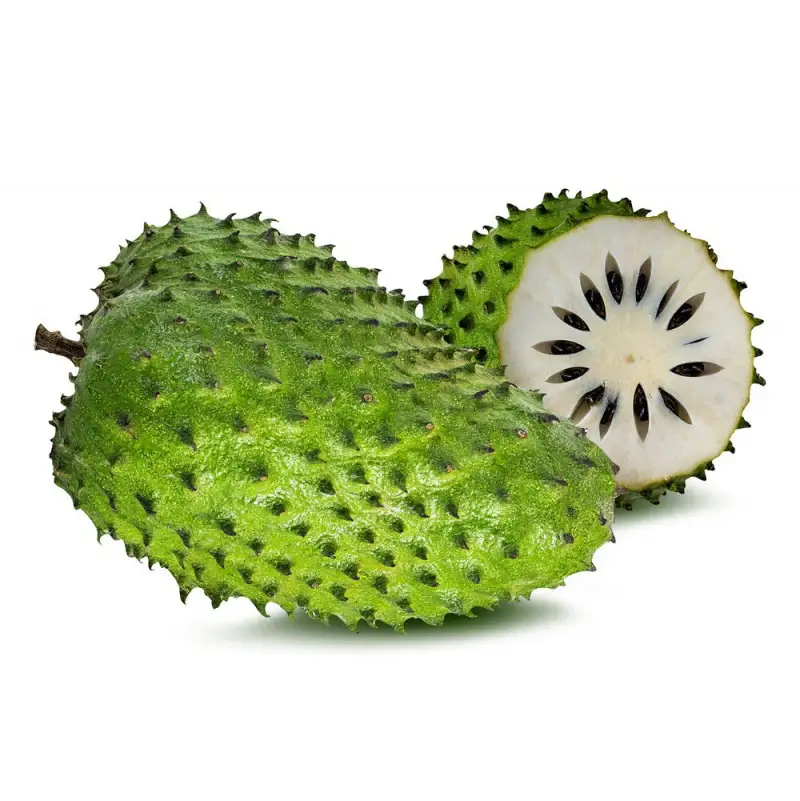
Native to the Caribbean and South America, soursop has prickly green skin and soft, white pulp that tastes like a mix of strawberry and citrus. Its heirloom trees grow in traditional food forests and home gardens. Widely used in juices, desserts, and traditional medicine.
24. Santol
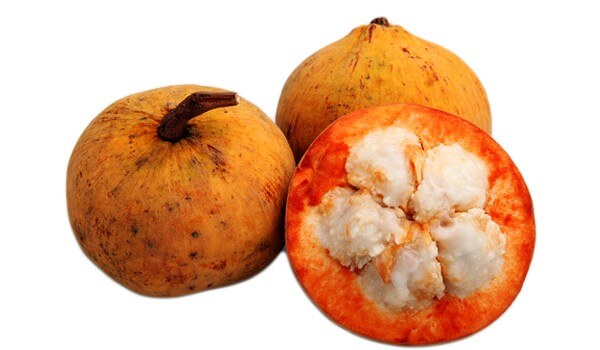
A Southeast Asian heirloom with a fuzzy golden rind and white pulp wrapped around large seeds. The flavor is tart to sweet depending on ripeness, and the tree is widely grown in backyard orchards. It is a traditional ingredient in Filipino and Thai cuisines.
25. Ackee (Jamaican variety)
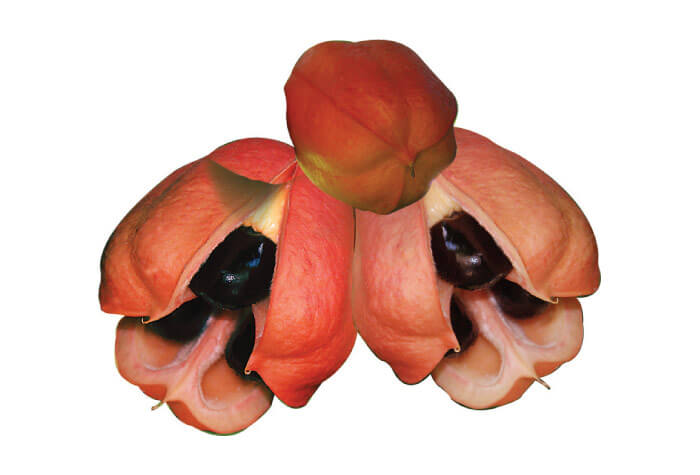
Jamaica’s national fruit, ackee must be fully ripe and opened naturally before it is safe to eat. The buttery yellow flesh is cooked and served in the iconic dish “ackee and saltfish.” Cultivated for centuries, it is deeply woven into Jamaican culture and tradition.
